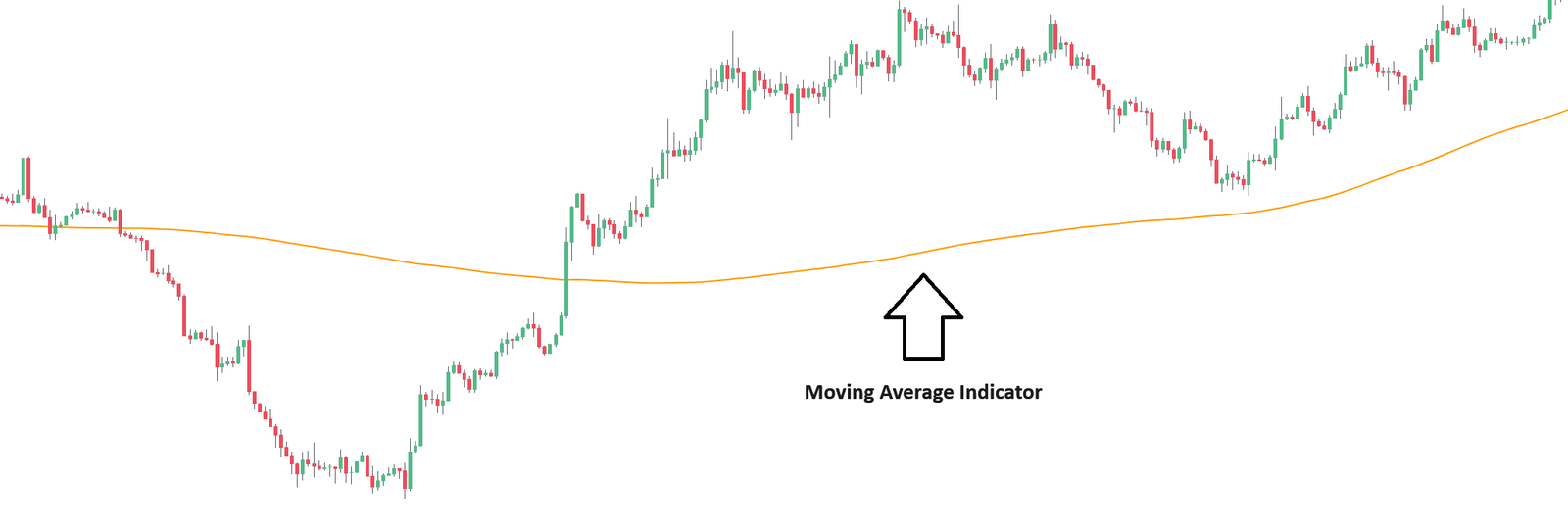Moving average – a tool of technical analysis used to represent the average price of quotes over a certain period of time and reduce price fluctuations. Moving averages reflect the direction and strength of a trend. According to the averaging method, there are three types of averages: simple moving average (SMA), smoothed moving average (SMMA) and exponential average (EMA).
The moving average is suitable for tracking the development of a trend. It can alert the beginning of a new trend or a reversal. The indicator cannot predict the market’s reaction. The moving average is a lagging indicator that follows market movements and points out the emergence of a new trend or the reversal of a trend.
Use Of Moving Average
Moving average analysis includes the following principles:
1- The direction of the average line shows the direction of price movement.
2- The smaller the period, the more false signals there are. The larger the period, the longer the indicator’s delay.
3- In order to improve (reduce) the sensitivity of the average line, the period size needs to be reduced (increased).
4- Under the conditions of obvious trend, the effect of average line is better.
Comparison of moving averages and price fluctuations:
1- Price crosses a rising (falling) average line from bottom to top (top to bottom) – a strong buy signal.
2- Price crosses a falling (rising) average line from bottom to top (top to bottom) – a weak buy (sell) signal.
Comparison of Moving Averages and Volatility Periods:
1- The low-cycle rising (falling) moving average crosses the high-cycle rising (falling) moving average from bottom to top (top to bottom), which is a strong signal to buy (sell).
2- The low-cycle rising (falling) moving average crosses the high-cycle falling (rising) moving average from bottom to top (top to bottom), which is a weak buy (sell) signal.

